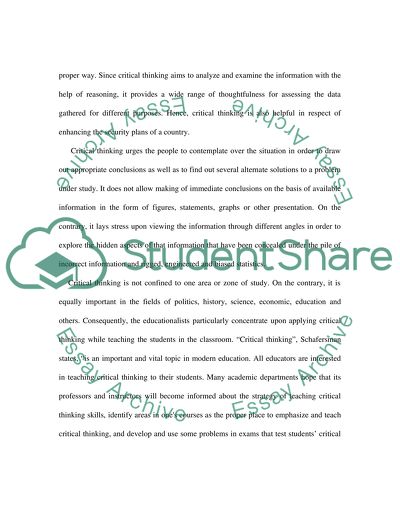Cite this document
(Homeland Security and Critical Thinking Assignment, n.d.)
Homeland Security and Critical Thinking Assignment. Retrieved from https://studentshare.org/social-science/1569122-critical-thinking
Homeland Security and Critical Thinking Assignment. Retrieved from https://studentshare.org/social-science/1569122-critical-thinking
(Homeland Security and Critical Thinking Assignment)
Homeland Security and Critical Thinking Assignment. https://studentshare.org/social-science/1569122-critical-thinking.
Homeland Security and Critical Thinking Assignment. https://studentshare.org/social-science/1569122-critical-thinking.
“Homeland Security and Critical Thinking Assignment”, n.d. https://studentshare.org/social-science/1569122-critical-thinking.


